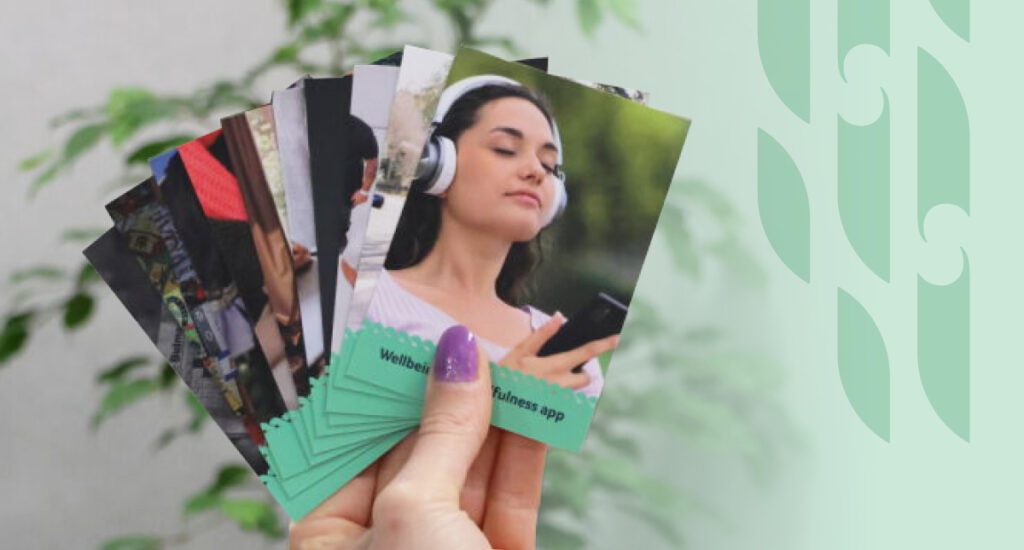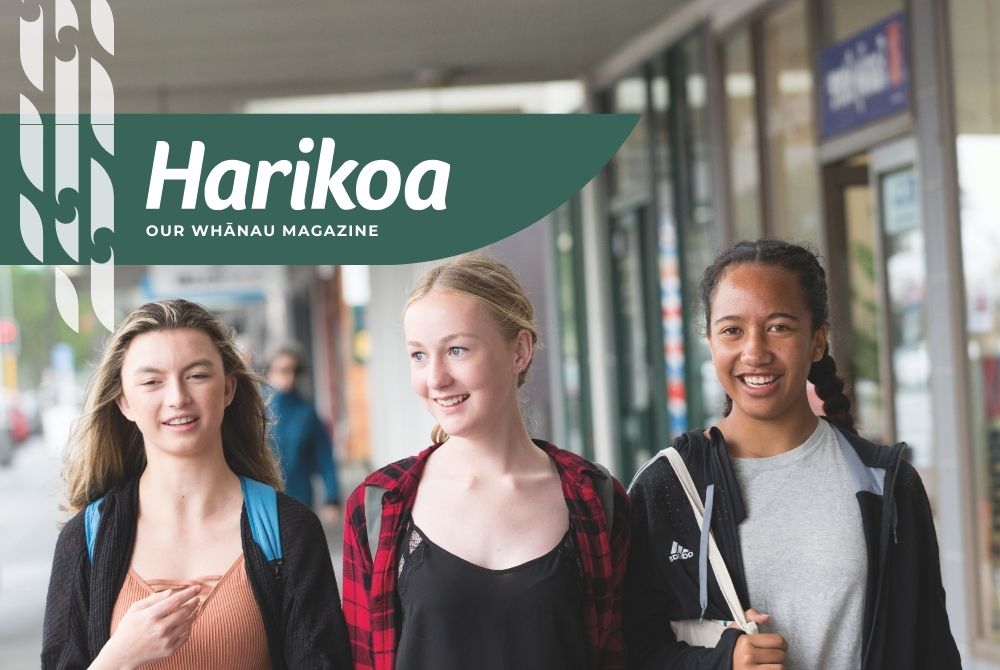The role of routine and rhythm

Published: March 26, 2024
The Attachment, Regulation and Competence (ARC) framework views the use of rhythms as a foundational strategy which sits across the support we provide taiohi me ngā whānau.
And for good reason! In simple terms, rhythms speak to how we create routines in our interactions with taiohi. These routines act to provide young people with a sense of ‘felt safety’, of connection and they enhance the work that we do together.
Te Ao Māori uses routines and rhythms to awesome effect through the power of tikanga and kawa. When these aspects are honoured and understood – it provides a platform for everyone in the space to feel safe and held.
For many of the taiohi we support, lack of predictability has been the norm. Many traumatic experiences take place in the context of either internal or external chaos (or both!), and understandably create a sense of loss of control. Following traumatic events, uncertainty and change can trigger further distress and big reactions for young people. Many of us in our work, will have come across taiohi who other’s might see as challenging, demanding or aggressive – but we recognise as a taiohi who is trying to control a world that feels unpredictable or unsafe. When bad or hard stuff has happened, it’s a pretty understandable response to try whatever you can to cope in uncertainty. Even if those coping strategies are not so helpful in the long term.
For a taiohi who has experienced chaos, trauma, or lack of safety in the past, our role is to work with intention to increase predictability and routine. This is both in our interactions with them, as well as in the world around them. This doesn’t necessarily mean having a strict set of rules, or stopping being fun and spontaneous, but rather consider what we’re doing to help taiohi find their feet. We do what we said we would do. We let taiohi know what to expect from our meetings. We agree what we’re working on with them, and how we’ll work on it. We help taiohi to connect with safe and predictable adults in their world. We remember what was important to them and show them that it’s also important to us.
Routines and rhythms are powerful tools to let taiohi know that they’re safe with us, and to strengthen our connection with them. I love this video that was shared with us during ARC training with Professor Ebert. Check it out and consider how you might feel to be a student in this teacher’s class. To start your day with connection and feeling seen.
We’re always thinking how we can create that same feeling for the taiohi we support.


